A German nuclear industry delegation last month visited Taiwan to exchange ideas and share Germany’s experience of decommissioning redundant nuclear power plants. The delegation highlighted the fact that Germany previously built a nuclear power plant — which, as with Taiwan’s Fourth Nuclear Power Plant, was never put into use — but then successfully converted it into a theme park.
After construction of Taiwan’s Fourth Nuclear Power Plant was completed, the plant was equipped with nuclear fuel, although this fuel was neither used nor even loaded into the nuclear reactors. The plant has since been mothballed, and its operator, Taiwan Power Co, will be shipping the plant’s uranium fuel rods to the US for processing in a series of eight batches over the next three years, with the final batch expected to be shipped by the end of 2020.
Germany’s Baden-Wurttemberg International and the German Trade Office Taipei put together the delegation, inviting six German companies and research organizations to travel to Taiwan to share their experiences of decommissioning nuclear power plants, together with the solutions they employed, holding an interview forum last month.
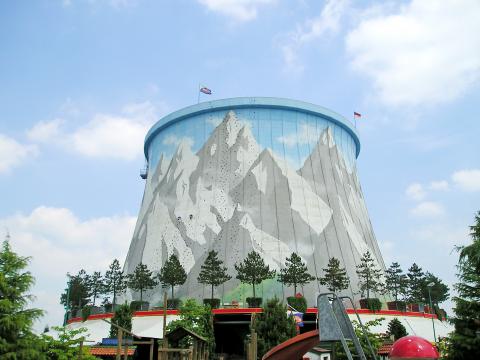
Photo: Wikimedia Commons
照片:維基共享資源
According to the former head of Germany’s Nuclear Energy Supervision and Radiation Protection Department, Oskar Grozinger, Germany’s Kalkar nuclear power plant is similar to Taiwan’s Fourth Nuclear Power Plant, and was never taken online. The plant was eventually bought up by an amusement park company and turned into a theme park, with facilities including a spa. Grozinger says the park is suitable for families, children and adults of all ages, adding there are absolutely no safety concerns.
Regarding the long-term storage of nuclear waste material, Grozinger says that in Germany, a large amount of time is spent communicating with the public and other stakeholders. All the necessary information is provided so that the public is kept sufficiently informed and involved and this allows the public to understand the safety of nuclear waste storage sites, says Grozinger.
Executive Director of the German Trade Office Taipei, Axel Limberg, says the job of nuclear decommissioning is extremely complex and safety is the number one priority. Limberg said there is no one correct method of decommissioning; instead, each country has to make its own decisions. German companies and government departments stand ready to bring their experience of decommissioning to Taiwan to assist in the development of decommissioning methods suitable to local conditions, said Limberg.
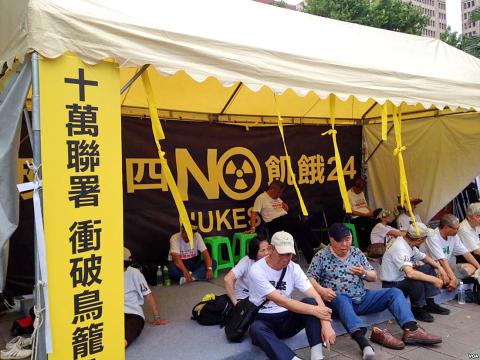
Photo: Wikimedia Commons
照片:維基共享資源
(CNA, translated by Edward Jones)
德國核能代表團上個月來台交流,分享德國核能除役經驗,代表團成員表示,該國也曾蓋過像台灣核四一樣未使用過的核電廠,後來變成一間主題樂園。
核四廠興建完工後,雖然有準備核燃料,但從未使用過,反應爐不曾裝填核燃料,目前正處在後備狀態。台電公司要把現有束燃料棒,在未來三年內分八批陸續運往美國處理,預計二○二○年底前全數運出。
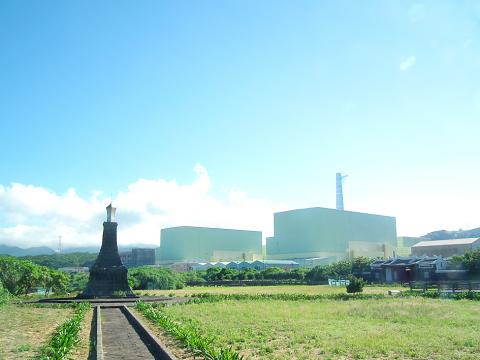
Photo: Wikimedia Commons
照片:維基共享資源
德國巴登符騰堡邦國際經濟與科技合作協會、德國經濟辦事處籌辦代表團,邀請六家德國企業與研究機構來台,分享他們在除役領域經驗與解決方案,上個月舉行訪談會議。
前任德國核設施審批監管司長Oskar Grozinger表示,位在德國卡爾卡鎮的核電廠類似核四廠的情況一樣,蓋好後就從未使用過,後來被一間娛樂公司收購買下,原址變成主題樂園,有SPA等設施,非常適合全家大小前往,而且很安全。
另外,談到核廢料最終處置場址選址議題,他說,以德國來說他們會花很多時間跟民眾、相關團體溝通,所有資訊讓民眾充分知情並參與,讓民眾了解核廢料最終處置場的安全性。
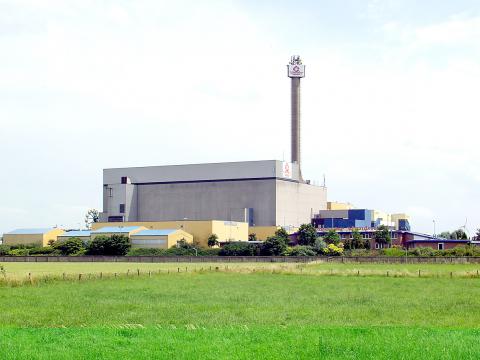
Photo: Wikimedia Commons
照片:維基共享資源
德國經濟辦事處長林百科表示,核能除役工作非常複雜,安全是第一優先,哪種除役方式最好,沒有唯一正確的答案,每個國家都要自己做出決定,德國企業、政府等單位願意把當地除役經驗帶來台灣,幫助台灣找到最適合自己的除役方式。
(中央社)
FOLLOW UP 讀後練習
From nuclear power plant to family amusement park
SNR-300, also known as Kalkar nuclear power station, was a sodium-cooled nuclear reactor located near to the town of Kalkar, North Rhine-Westphalia, Germany. Construction work commenced in April 1973, but work was paused following the partial meltdown of the US’ Three Mile Island nuclear power plant in 1979, which led to a lengthy re-design of the plant’s safety measures.
Local and state governments began to withdraw their support for the plant and blocked its opening in 1985. The 1986 Chernobyl disaster was the final nail in the coffin for SNR-300, and the power station was officially cancelled in March 1991. With the cancellation of the project, an estimated 7 billion Deutsche Mark (approximately US$4.5 billion at the exchange rate of the time) went up in flames.
Dutch entrepreneur Hennie van der Most is believed to have purchased the decommissioned nuclear power station site for US$3 million and converted the site into an amusement park, initially given the rather unfortunate name Kernwasser Wunderland (“Nuclear Water Wonderland”), before changing it to Wunderland Kalkar. An average of 600,000 visitors each year pass through the doors of the park, which houses four restaurants, eight bars, and six hotels.(Edward Jones, Taipei Times)

Even as he grows older, Microsoft founder Bill Gates still fondly remembers the catalytic computer code he wrote 50 years ago that opened up a new frontier in technology. Although the code that Gates printed out on a teletype machine may look crude compared to what’s powering today’s artificial intelligence platforms, it played a critical role in creating Microsoft in April 1975 — a golden anniversary that the Redmond, Washington, company celebrated on April 4. Gates, 69, set the stage for that jubilee with a blog post reminiscing on how he and his old high school friend — the late Paul Allen

Australia’s strict immigration policies have long been criticized, particularly for how they treat people with disabilities. Having been residents of Australia for years, Scottish Laura Currie and her Italian partner, Dante Vendittelli, recently experienced the impact of these immigration policies. Their son Luca, born in Australia and diagnosed with cystic fibrosis, became the reason their residency application was denied due to the anticipated high healthcare costs. Had Luca been healthy, there would have been no objections to their permanent residency. This case not only highlights discrimination against disabled individuals, but also raises questions about fairness and inclusion within Australia’s immigration
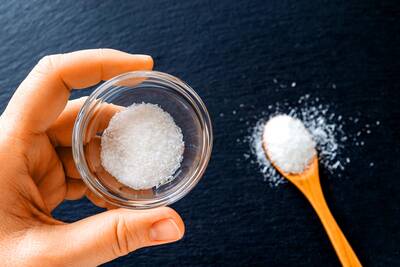
The study had several issues. Small sample sizes made it hard to draw __7__ conclusions. Additionally, taking a __8__ like pure MSG on an empty stomach is likely to make a person ill in any case. Choosing individuals who already had a history of the symptoms could have created a bias because they were likely to __9__ the reactions again. When real scientific research on the effects of MSG was eventually done, many of the myths surrounding it were proven __10__. The U.S. Food and Drug Administration and other global organizations have found MSG safe to eat. Today, MSG

A: After holding nine concerts in Kaohsiung and Taipei recently, “God of Songs” Jacky Cheung will stage three extra shows later this week. B: They’re compensation for the three shows he postponed last year due to illness. A: He also canceled three more shows in Guangzhou last month. His health is worrisome. B: When touring Guangzhou, he dedicated his hit “She Is Far Away” to late singer Khalil Fong. That’s so touching. A: Online music platform KKBOX has also launched a campaign to pay tribute to Fong. I can’t believe he died so young: he was only 41. A: